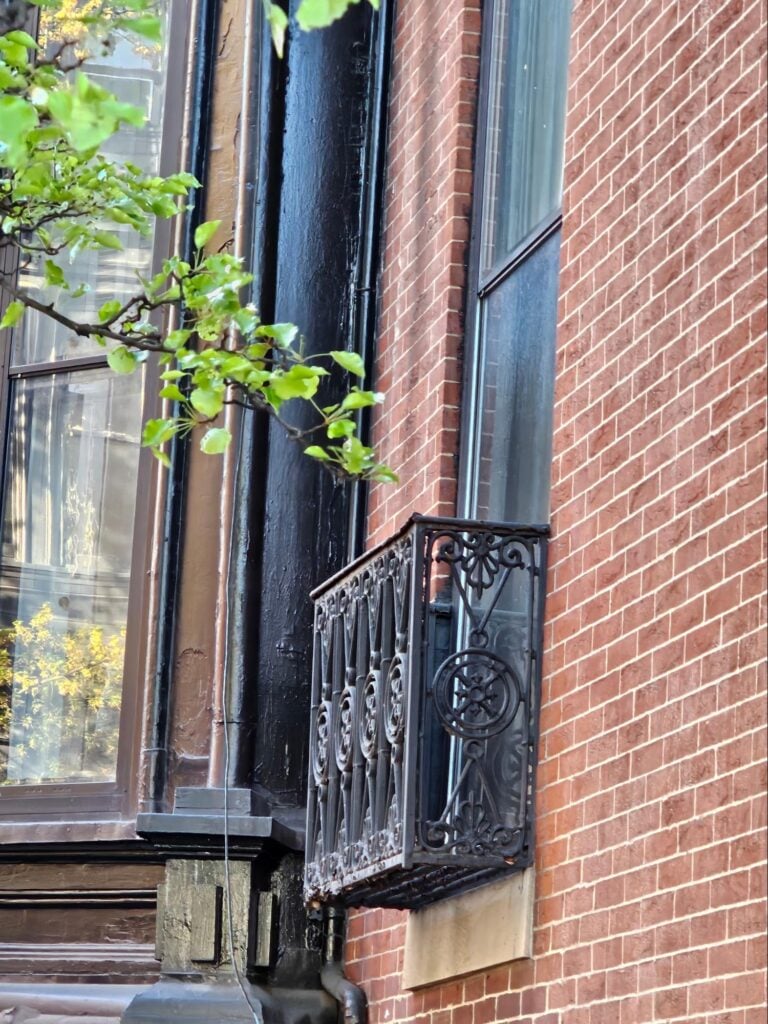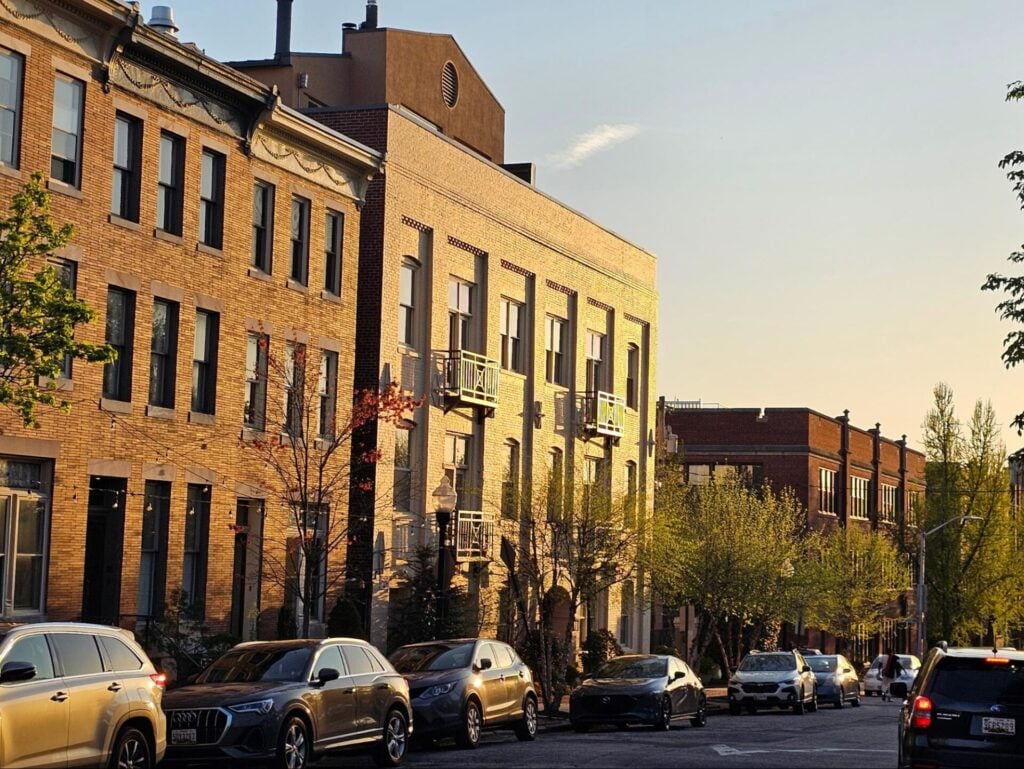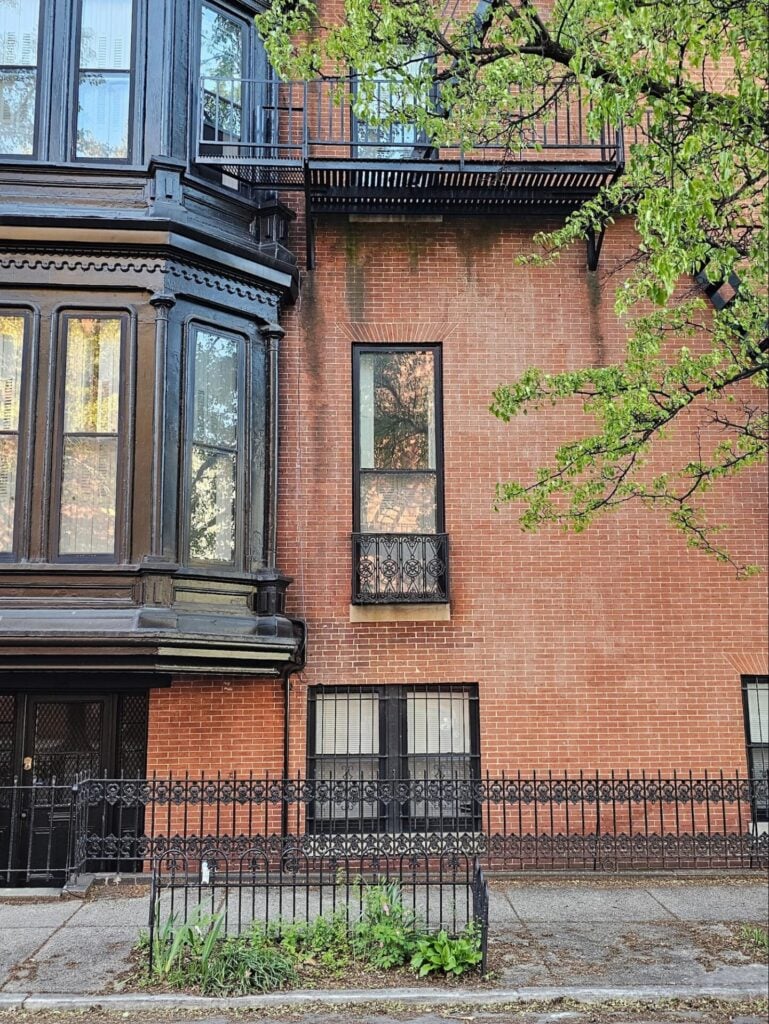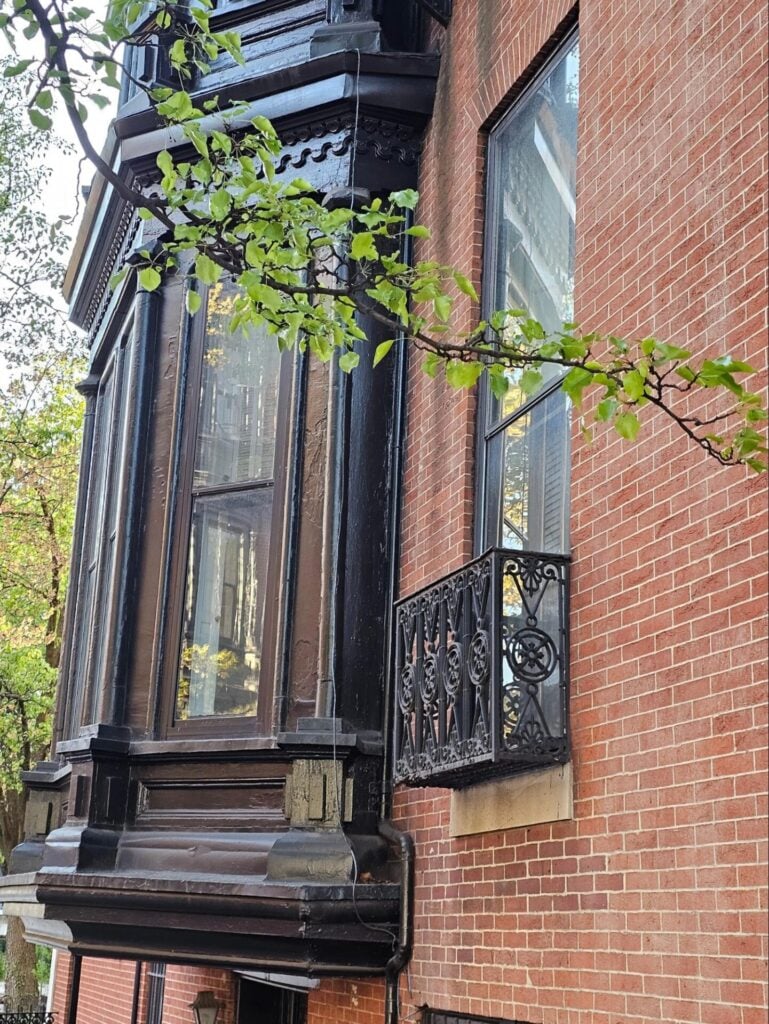A Romeo and Juliet balcony, also known as a Juliet balcony, is a type of balcony that is typically shallow in depth and does not have a walking surface. Instead, it consists of a decorative railing or guardrail that extends outward from an exterior door or window opening. The primary purpose of a Romeo and Juliet balcony is to provide a sense of outdoor space and allow for fresh air and natural light to enter the interior space, but it is not designed for standing or walking on.
The main difference between a Romeo and Juliet balcony and a traditional balcony is:
- Depth: A traditional balcony has a deeper, walkable surface that extends out from the building, allowing people to step out and stand or sit on it. In contrast, a Romeo and Juliet balcony is much shallower and does not have a walking surface.
- Guardrail: A Romeo and Juliet balcony typically has a decorative guardrail or railing that extends outward from the door or window opening, acting as a barrier. A traditional balcony may also have a guardrail, but it surrounds the walkable surface.

- Purpose: Traditional balconies are designed for outdoor living and recreation, providing a space to sit, stand, or even entertain. Romeo and Juliet balconies, on the other hand, are primarily decorative and allow for ventilation and a sense of connection with the outdoors without providing a usable outdoor space.
Regarding the difference between a “Romeo” and “Juliet” balcony, there is no practical distinction. Both terms refer to the same type of shallow, non-walkable balcony with a decorative guardrail. The names are used interchangeably, with “Juliet balcony” being the more common term.
A balcony that is just large enough to allow a door to open outward and for someone to stand in the doorway, but with no additional walking or standing space, is often referred to as a “French balcony” or a “false balcony.”
The key characteristics of a French balcony or false balcony are:
- Extremely shallow depth: Just enough space for the door to swing outward, usually no more than a few inches or feet from the exterior wall.
- No walking or standing surface: There is no actual floor or platform to step out onto, just the doorway opening.
- Railing or guardrail: A railing or guardrail is typically present for safety, extending across the doorway opening.
- Primarily decorative: French balconies are more for aesthetic purposes, creating the impression of a balcony from the exterior while providing light and ventilation.
The terms “French balcony” and “false balcony” distinguish these extremely shallow, non-functional balconies from traditional larger balconies with walking surfaces (sometimes called “full balconies”) and the slightly deeper Romeo and Juliet balconies with decorative railings.
So in summary, a balcony just big enough for an open door and someone to stand in the doorway is commonly referred to as a French balcony or false balcony.

In Washington D.C., specific rules and regulations can make it difficult to build regular balconies, especially in areas undergoing urban renewal or gentrification, where older row homes or buildings are being converted into modern condos or apartments to attract wealthy clients.
Here are some of the key factors that make it challenging to incorporate traditional balconies in such projects:
- Historic preservation requirements: Many neighborhoods in D.C. have designated historic districts or individual buildings with historic landmark status. In these areas, any exterior modifications, including the addition of balconies, are subject to strict review and approval by the Historic Preservation Review Board (HPRB) to ensure they are compatible with the historic character of the area.
- Zoning regulations: The D.C. Zoning Regulations govern the size, height, and setback requirements for buildings, as well as the allowable projections into public spaces or neighboring properties. Traditional balconies that extend beyond the building’s footprint may violate these regulations, particularly in densely populated areas with narrow streets and alleys.
- Building codes: The D.C. Construction Codes have specific requirements for balcony construction, including structural integrity, safety railings, and accessibility standards. Meeting these codes can be challenging, especially when retrofitting older buildings that were not originally designed for balconies.
- Limited space: In densely populated areas with row homes or townhouses, there may not be enough space between buildings to accommodate traditional balconies without encroaching on neighboring properties or public spaces.
- Cost and complexity: Adding traditional balconies to existing buildings can be costly and complex, especially if structural modifications or reinforcements are required. Developers may opt for more cost-effective solutions, such as Juliet balconies or French balconies, which are easier to incorporate and comply with regulations.
To address these challenges, developers in D.C. often explore alternative solutions, such as Juliet balconies, French balconies, or interior courtyards or terraces, which can provide a sense of outdoor space without the complexities associated with traditional balconies. Additionally, they may seek variances or special exceptions from the relevant authorities to accommodate balconies in their projects, provided they can demonstrate compliance with safety, accessibility, and historic preservation requirements.
We can Help
Our company focuses on historic restoration more than modern building upkeep, maintenance and construction, but our company understands both types of construction very well and a full picture well-rounded approach is needed in any niche in the construction industry. Although we focus on historic restoration, repointing, tuckpointing and historic brick repair, our company also has technical knowledge and competencies in the areas of modern and contemporary construction as well as we become one of the leaders in that area of the market today. Understanding both historic and modern or contemporary construction is useful because both aspects help understand the challenges and potential solutions for challenges in building science and construction.
We can help with a variety of historic masonry restoration needs and upkeep, from modest tuckpointing and or repointing to complicated and extensive historic masonry restoration. Infinity Design Solutions is a historic restoration specialist contractor specializing in both historic masonry restoration such as tuck pointing our repointing, and brick repair. If you have questions about the architectural details or facade of your historic building in Washington DC, reach out and say hello and if we can help we’ll be glad to assist you. You can email us or call us on the telephone at the following link: contact us here.




